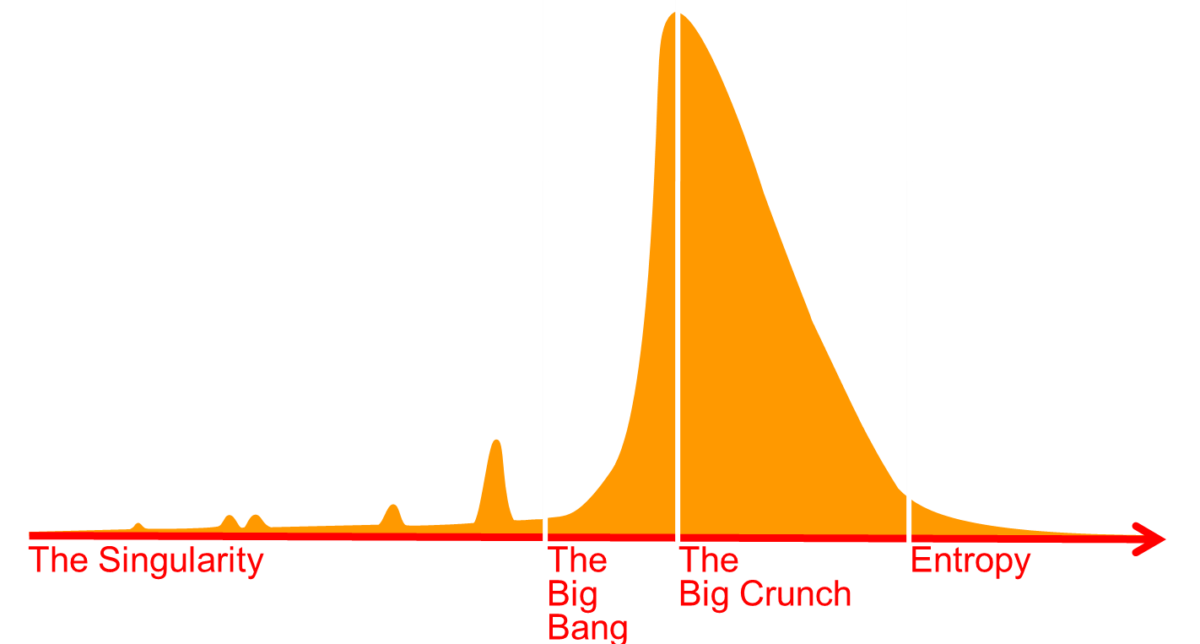When it comes to innovation and disruption, established businesses, also called incumbents, that were used to compete in an environment that was build around a Winner-Take-All mentality, were taught to look out for small, new start-ups, also called disruptors. These new players would initially offer cheaper products at the lower end of the market, but gradually expand their selves to the higher segments as well. These disruptors start with a lower-priced inferior alternative for the existing product, which gives the incumbents the chance to act quickly, by for example acquiring the start-up or incubating a competing business, and the time to develop their own innovative products.
As explained in the short clip, a new phenomenon takes place since a few years, called Big Bang Disruption. The disruptor is no longer active in the same industry as the incumbents, does no longer enter at the bottom of the market and targets consumers in every segment. Big Bang Disruptors come out of nowhere, can be widely spread in only moments and are very hard to fight and be survived by incumbents. They do not choose between being the low-cost producer, the innovation leader or the most customer-intimate, they are all at once. In short, they create chaos across industries.
Still, there has to be a way for incumbents to act upon these Big Bang Disruptors and have an undisciplined strategy with which they can also be dynamic, unstable and yet more profitable to still lead the way and be the winner that takes all. This could for example be reached by developing an early warning system to act quickly, by using their brand value, access to capital, customer relationships and near-perfect market information to drive innovations and mitigate risks early or by emerging as a new entity that seems to only share the same name as the former business, but nothing else.
It is clear that this development, which occurs in almost every industry, can not be stopped and the aforementioned solutions are only examples of countermovement. It is of the utmost importance to think of other ways for incumbents to protect themselves from these Big Bang Disruptors, whilst not being influenced by emotional and denial aspects to still win from them with their own innovations. What would in the end be the best strategy for incumbents to handle the renewed approach of disruptors? Which businesses are most vulnerable for possible disasters caused by these disruptors? And how can incumbents avoid these disasters and use them in their advantage whilst realistically look into the future? What do you think?
Resources
Downes, L., Nunes, P. (2013) ‘Big-Bang Disruption’ Harvard Business Review, March 2013.
Downes, L., Nunes, P. (2015) Seven Essential Questions about Big Bang Disruption, http://www.forbes.com/sites/bigbangdisruption/2015/12/14/seven-essential-questions-about-big-bang-disruption-just-the-faqs/2/#ff6578716c35, 2nd of October 2016.
Nunes, P. (2014) Disrupting the disruptive innovators – winner takes all,
http://www.enterpriseinnovation.net/article/disrupting-disruptive-innovators-winner-takes-all-1457485615, 3rd of October 2016.
https://www.accenture.com/us-en/bigbangdisruption?c=tech_aihpbigbng_10000007&n=pac_1213, 3rd of October 2016.

